The importance of self-massage cannot be understated when it comes to managing the symptoms of piriformis syndrome. In this article, we will provide a detailed guide on how to self-massage the piriformis muscle choosing different tools.
By understanding the benefits and advantages of 6 tools such as foam rollers, lacrosse balls, massage guns, and the Acu-hump, individuals can find effective methods for self-massage, ultimately promoting relaxation, releasing tension, and finding relief from piriformis syndrome symptoms.
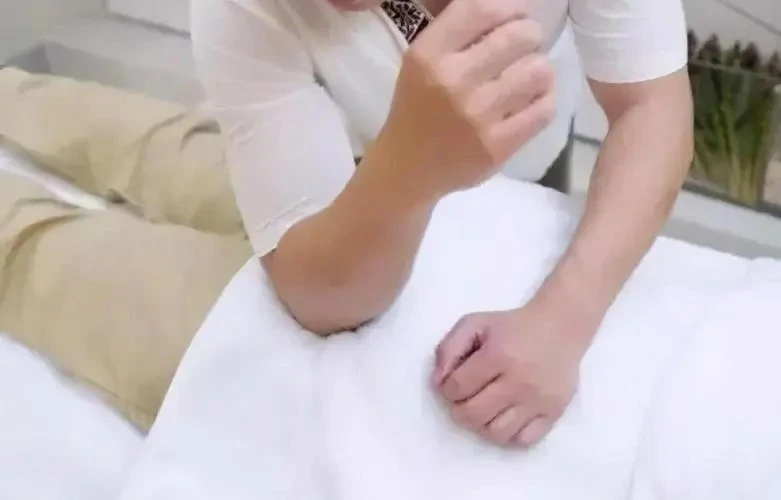
Piriformis Syndrome Causes Sciatica
When the piriformis muscle becomes tight, it can lead to a condition known as piriformis syndrome.
This syndrome occurs when the muscle irritates or compresses the sciatic nerve, which originates in the lower back and extends down the back of the leg.
The compression of the sciatic nerve can cause radiating pain, numbness, or tingling sensations along the path of the nerve, commonly affecting the buttocks, thighs, and even the lower legs.
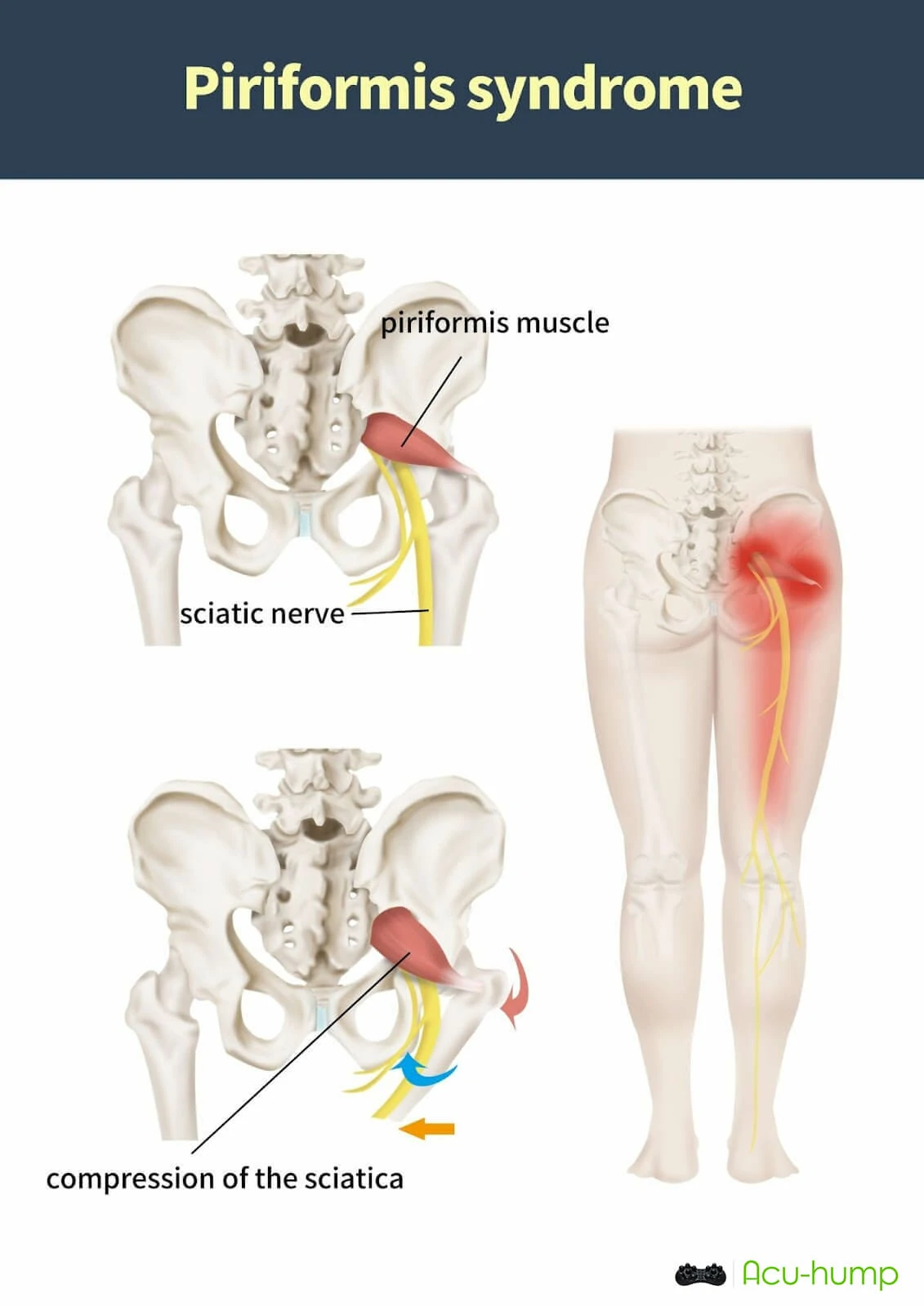
What Causes Piriformis Tightness
The issues can be caused by various factors such as overuse, muscle imbalances, trauma, or a sedentary lifestyle. Individuals who engage in activities that repeatedly stress the piriformis muscle, such as running or cycling, are more prone to experiencing tightness and discomfort in this area. Additionally, prolonged sitting, especially on hard surfaces, can contribute to the development of tightness and subsequent symptoms.
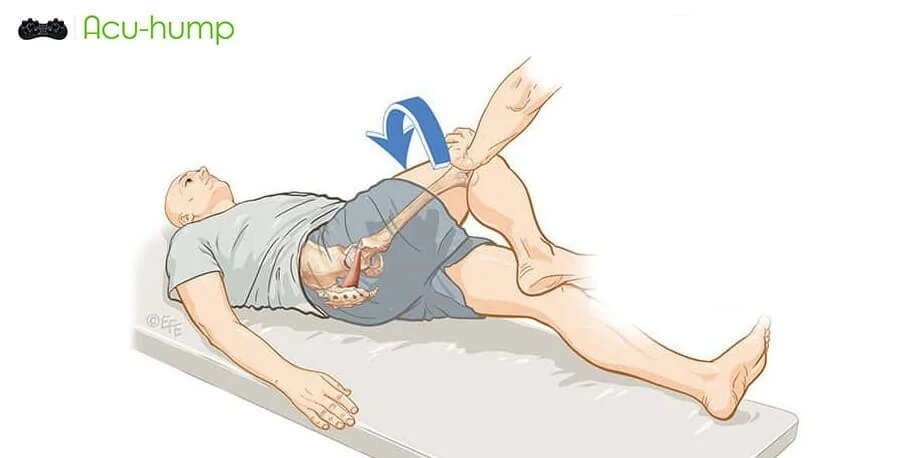
Tips for Releasing the Piriformis Muscle
It is crucial to address piriformis muscle tightness to alleviate pain and improve functionality. Regular massage therapy, along with stretching and strengthening exercises, can help release tension in the buttock muscles and reduce the risk of developing or exacerbating piriformis syndrome.
With the integration of a massage stretcher such as Acu-hump, specifically tailored to target the piriformis muscle, individuals can experience enhanced convenience in obtaining relief and promoting overall well-being.
6 Self-Massage Tools for Buttock Cheek
Various tools can be used for self-massage to target the piriformis muscle.
Common tools can be categorized into 6 types, ranging in size from smallest to largest: massage ball, piriformis ball, massage gun, piriformis prism, Acu-hump, foam roller.
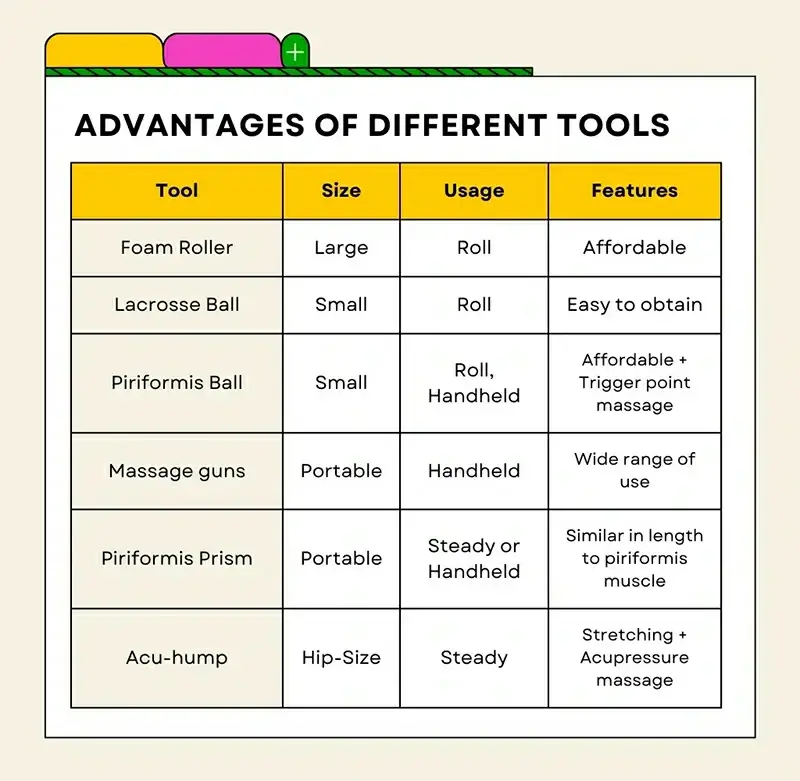
1. Foam Roller
When using a foam roller, it can be placed beneath the buttocks and rolled gently back and forth to provide relaxation to tense muscles. Some foam rollers have multiple ordered small massage protrusions for myofascial release. It can also be used during stretching, but it tends to roll, making it more suitable for seasoned yoga practitioners.
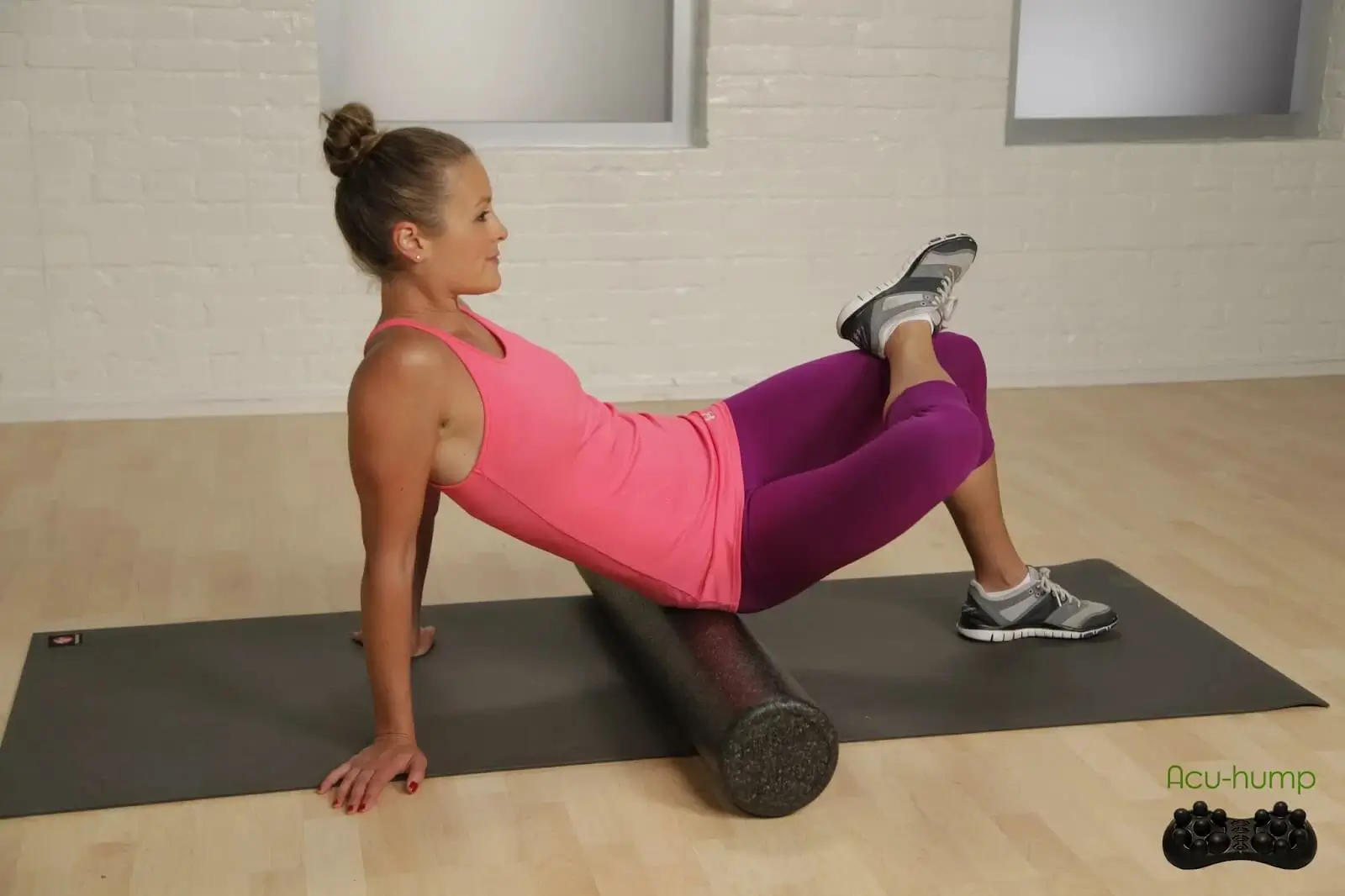
2. Massage Ball vs Piriformis Ball
Hardness: The piriformis ball is harder than the massage ball.
Surface: The piriformis ball has ordered small massage protrusions, providing greater muscle pressure, while the massage ball has a smooth surface for broader surface pressure.
Piriformis Ball Feature: With its trigger point massage head, it can substitute finger pressure for massaging muscle nodules and trigger points.
3. Piriformis Prism
A prism-shaped massage tool that matches the length of the piriformis. It has three massage heads that mimic different gestures for releasing the piriformis. It does not roll, allowing you to sit on it and focus on adjusting your posture to target the desired areas. It is suitable for localized muscle adjustment, but if combining with stretching, you might need another tool.
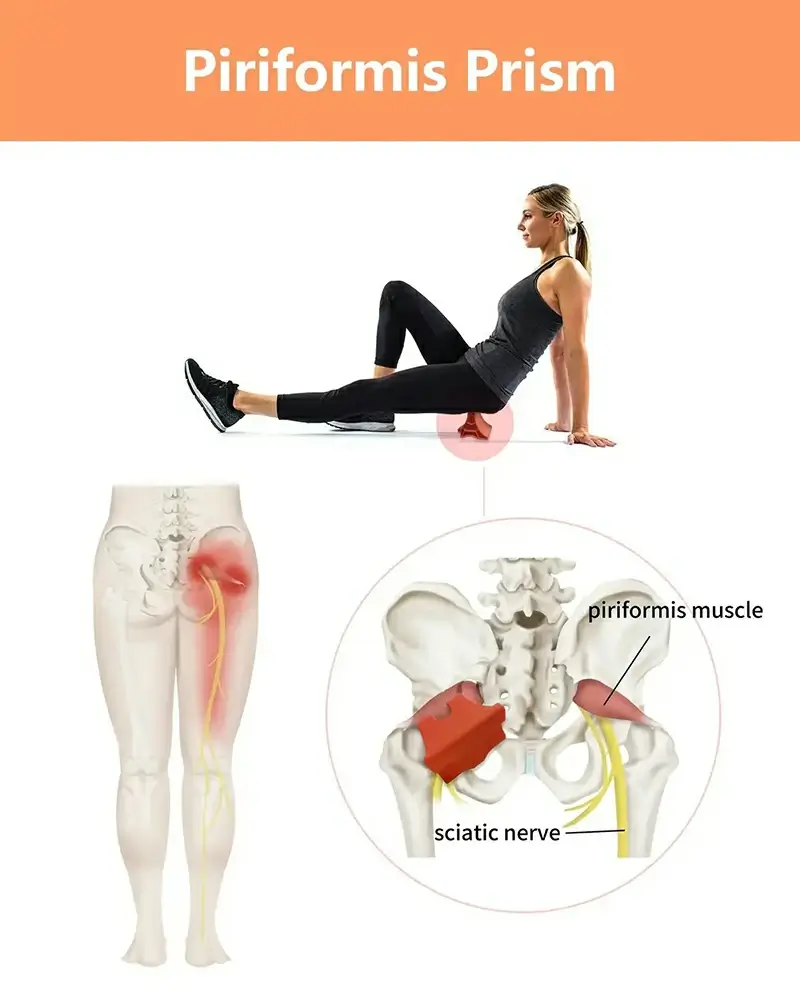
4. Massage Gun
This is one of the tools that often comes to mind for individuals suffering from muscle pain. The rapid and repetitive pulsations generated by the massage gun penetrate deep into the muscle tissue. This helps to break up knots, release tension, and promote blood circulation in the affected area. By effectively relaxing the piriformis muscle, massage guns can alleviate the compression on the sciatic nerve, providing much-needed relief from the symptoms of piriformis syndrome.
Disadvantages of massage guns
The lower back and psoas muscles can cause to the tightness and tension in the piriformis muscle. Therefore, if one solely relies on using a massage gun to target the piriformis muscle, it may only provide mild relaxation suitable for post-workout relief, but it may not effectively address the underlying issue of piriformis syndrome.
Piriformis syndrome involves the compression or irritation of the sciatic nerve by the piriformis muscle. To fully address this condition, it is important to consider the surrounding muscles and the overall alignment of the body. The lower back and psoas muscles, in particular, can exert pressure on the piriformis muscle and exacerbate the symptoms.
While using a massage gun can have its benefits, it may not offer the necessary depth and precision required for effectively treating piriformis syndrome. In this case, a piriformis massage stretcher is often recommended that combines stretching, strengthening, and addressing muscle imbalances.
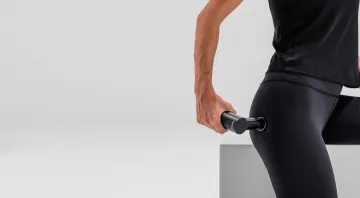
5. Acu-hump: Acupressure Massage Stretcher
One piriformis stretcher is the Acu-hump. The Acu-hump features a unique design with 14 points of protrusion, specifically targeting the buttocks for acupressure massage.

This tool provides deep penetration and effectively stimulates blood flow, enhancing muscle relaxation and tension release. By incorporating the Acu-hump into a self-massage routine, individuals can experience targeted and effective piriformis release.
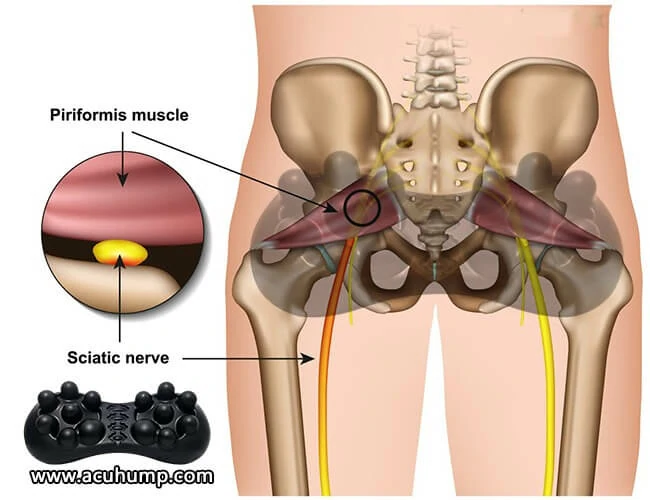
Acu-hump® Release the Back & Butt
It can be smoothly positioned beneath your buttocks, allowing simultaneous massage to both sides of the piriformis. Additionally, its sloping contour gently stretches your muscles, providing a feature not found in other massage tools.

It does not roll, and you can use it while sitting or lying down, making it suitable even for beginners.
Acu-hump® Release Piriformis Muscles
Acu-hump® Release Piriformis Muscles
Enhancing Piriformis Stretching Effectiveness
As a helpful aid for stretching, Acu-hump assists you in engaging in stretching exercises while obtaining deep pressure for faster relaxation of spasms or tense muscles.
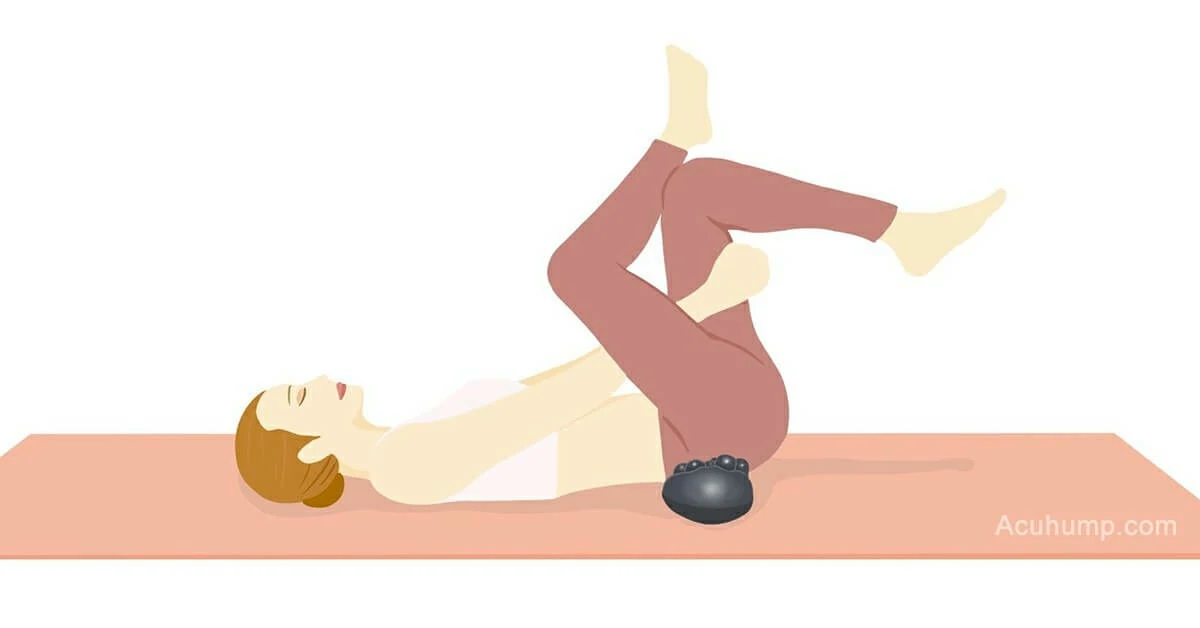
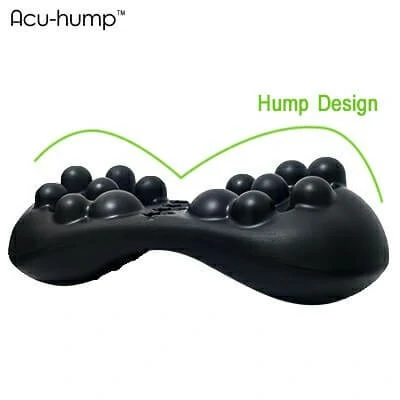
Get Your Piriformis Massage Stretcher
When using the Acu-hump for the first time, it is common to experience more intense pain if your muscles are particularly tight. As the muscles gradually loosen up and become accustomed to the pressure, the sensation of pain tends to diminish.
The initial discomfort can be attributed to the release of tension and the stimulation of blood flow in the targeted area. It is important to start with gentle pressure and gradually increase as tolerated, allowing the muscles to adapt to the acupressure stimulation.

Acu-hump®
Release Butt & Lower Back
With regular use and persistence, the Acu-hump can effectively promote muscle relaxation and provide relief from pain and tension associated with conditions like piriformis syndrome.
Remember to listen to your body, adjust the pressure accordingly, and be consistent in your self-massage routine to experience the long-term benefits of pain reduction and improved mobility.
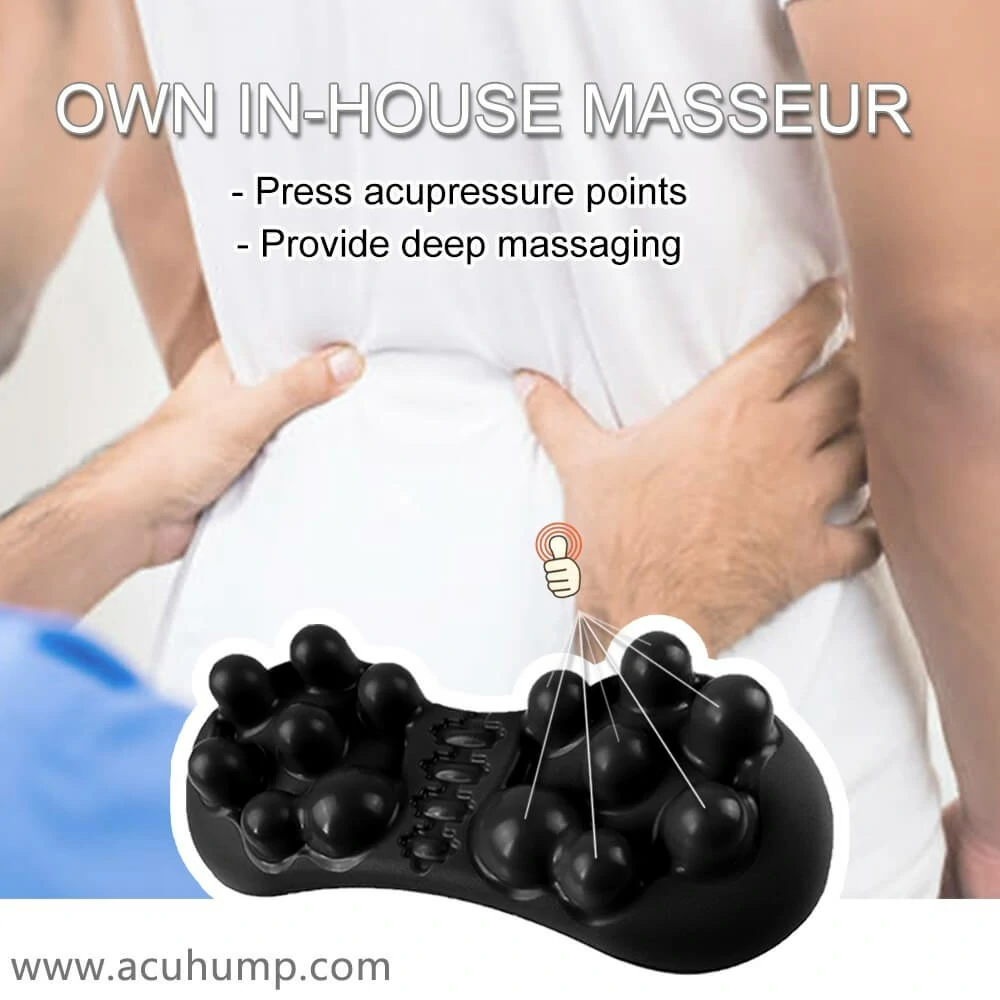
Acu-hump: 30-day return policy. No risk for you.
Frequency and Maintenance
Consistency is key to fully experience the benefits of self-massage. It is highly recommended to incorporate self-massage into your daily routine to effectively manage piriformis syndrome. Alongside self-massage, stretching exercises, heat or cold therapy, and maintaining proper posture are essential components of a comprehensive self-care plan.
One suggested approach is to try a 10-minute stretching routine using the Acu-hump. This routine includes a series of continuous muscle stretches from the lower back to the hip region, combining self-massage and stretching together. By integrating this routine into your daily activities, you will start to notice positive changes in a matter of weeks. This combination of self-massage and stretching allows for a holistic approach to piriformis syndrome management.
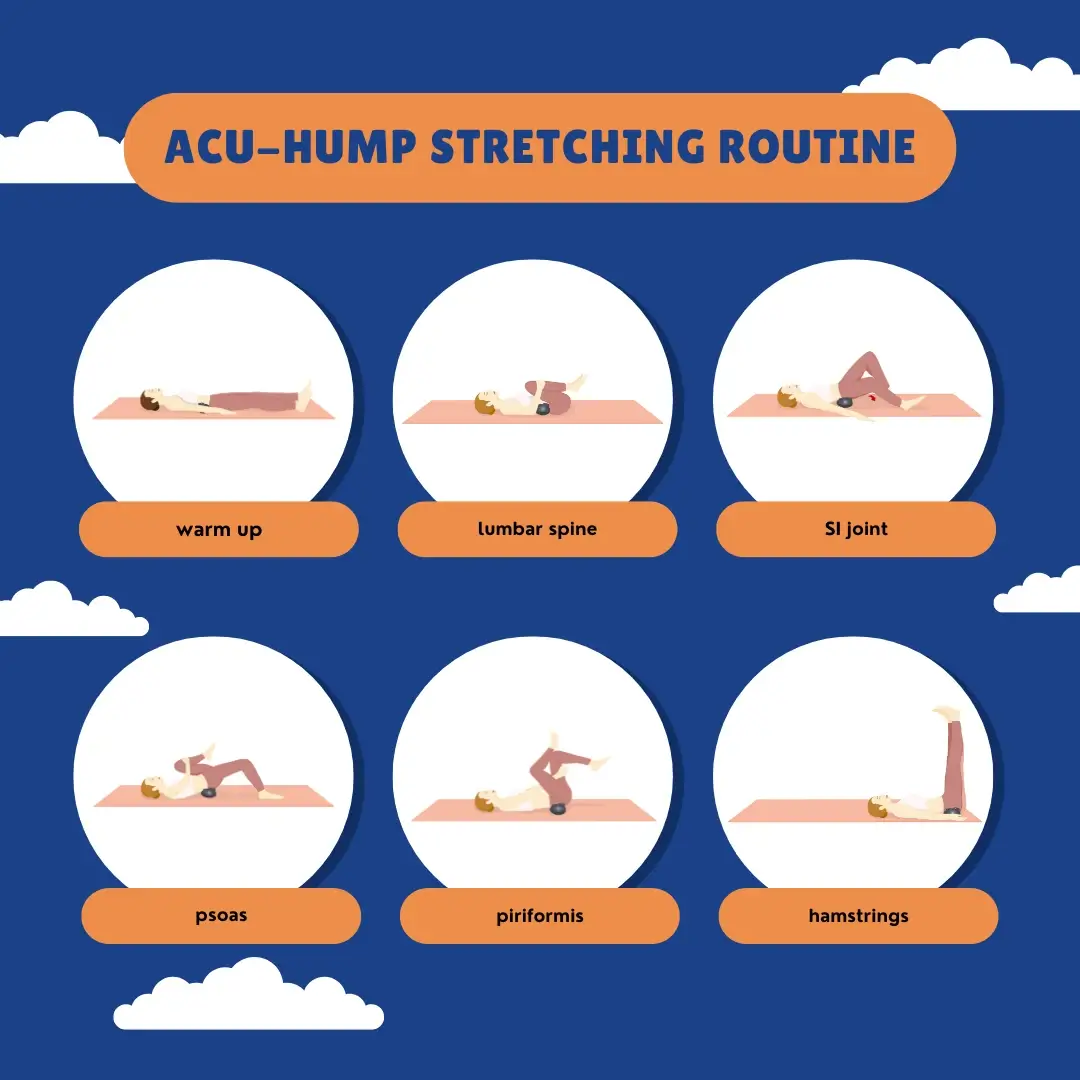
Acu-hump: Full refund policy. No risk for you.
Benefits of Self Massage
By adopting these practices and integrating self-massage into a broader self-care routine, individuals can maximize the benefits and achieve long-lasting relief.
Self-massage combined with stretching exercises helps reduce muscle tension and increase flexibility. This combination also promotes blood circulation, all of which contribute to alleviating the signs of piriformis syndrome.
In conclusion, self-massage utilizing various tools can be an effective approach in managing the symptoms of piriformis syndrome. By using tools like foam rollers, lacrosse balls, massage guns, and particularly the Acu-hump, individuals can target the piriformis muscle, release tension, and find relief. The Acu-hump, with its unique design and acupressure capabilities, offers a specific advantage in stimulating blood flow and promoting relaxation in the piriformis muscle.
Remember, incorporating self-massage tools into a regular routine is crucial for sustainable results. By being consistent with self-massage sessions, incorporating complementary strategies, and seeking professional guidance when needed, individuals can effectively manage piriformis syndrome and improve their overall well-being. Finding the most suitable self-massage tools and techniques is a personal journey, but the benefits of relaxation, and pain reduction.
